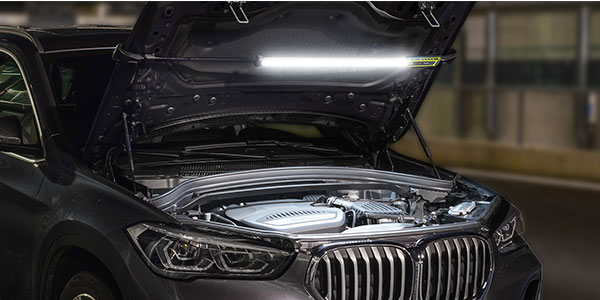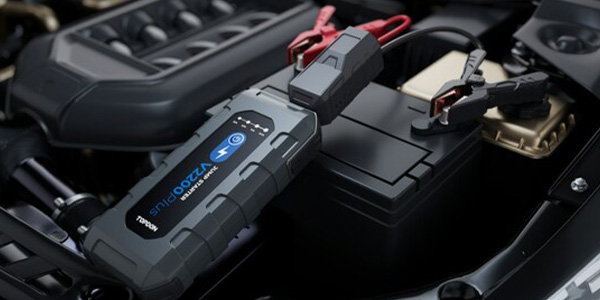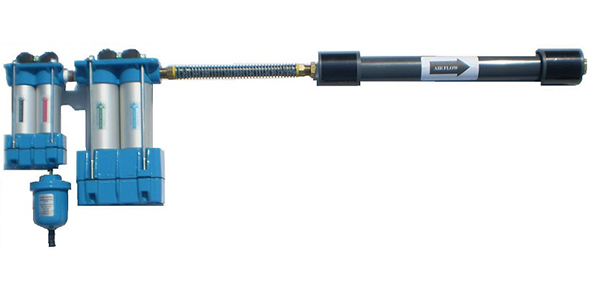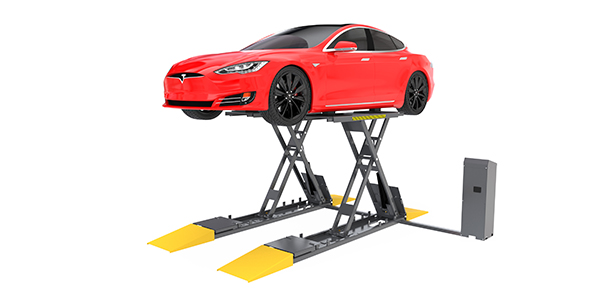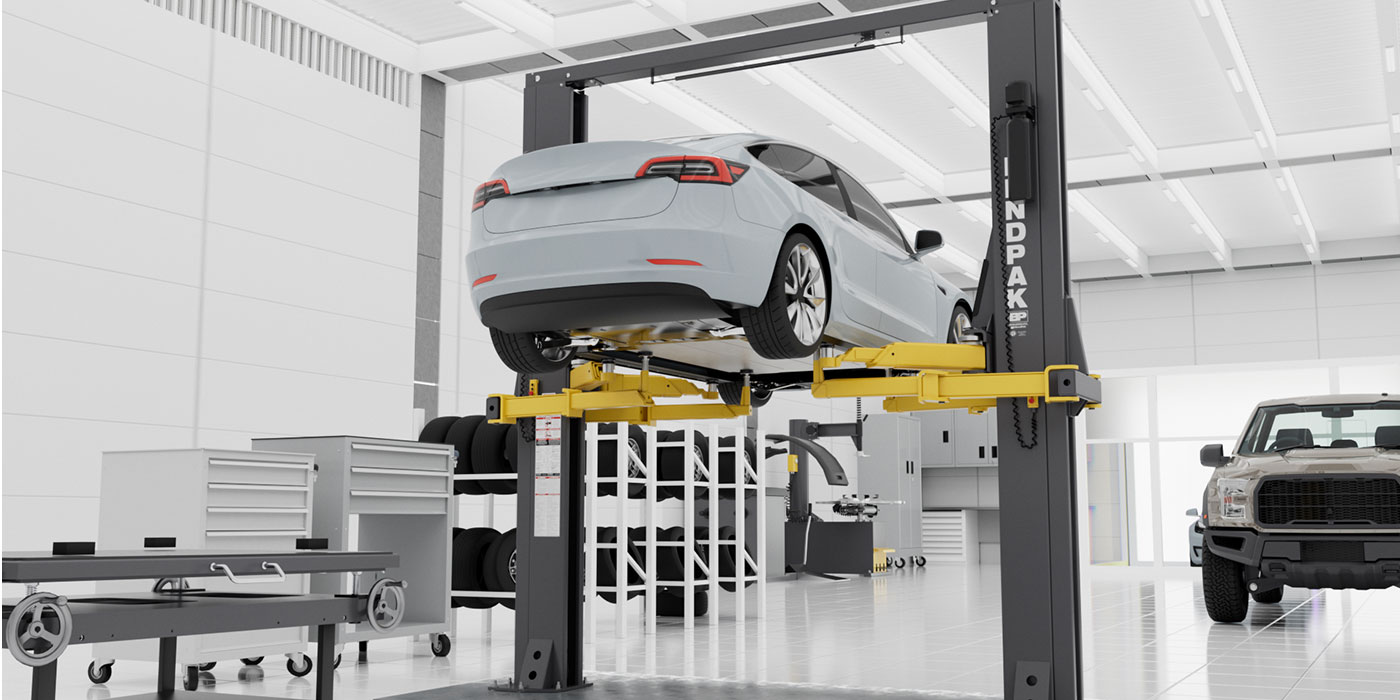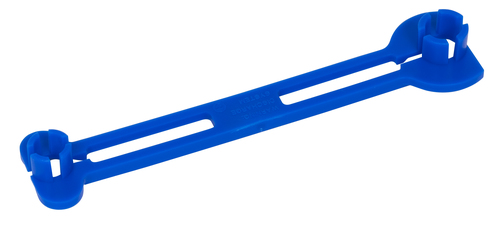Where the Drip Falls

The EPA has reported statistics indicating that the majority of problems setting a check engine light are related to a leak somewhere. However, leak detection can be one of the most frustrating automotive service challenges, especially when the source of the leak isn’t obvious. Where the drip falls may not be where it originated. With the proper tools and equipment, the fast, safe and reliable diagnosis and location of the leak will bring about a profitable repair and a satisfied customer.
Engine Vacuum Leaks
A diagnostic smoke machine is an essential tool for today’s automotive technician. A general-purpose smoke machine typically operates at very low pressure, only about 1 to 1.5 psi. The machine heats mineral oil to create a nontoxic, vapor-like mist. A small pump then blows this smoke through a hose, which can be connected to the PCV hose, brake booster hose or any hose or vacuum fitting to check for leaks. The smoke is white and can be easily seen with a shop light.
You can also use UV dye additive with the smoke to make really small leaks easier to find. The dye will leave a telltale stain that will glow when it’s illuminated by a UV light. (Be sure to check with the vehicle manufacturer before introducing dye. Some manufacturers prohibit the use of dyes in their vehicles.)
A general-purpose smoke machine can also be used to find a variety of leaks including exhaust, compression, oil and even coolant leaks. Almost any part that normally holds pressure or vacuum can usually be tested for leaks with a smoke machine, including turbocharger intercoolers, brake vacuum boosters, vacuum plumbing and motors in HVAC systems, air inlet ducts between the throttle and air filter, even tires! A smoke machine can be a very versatile shop tool, and save you considerable time finding leaks of many types.
EVAP Leaks
EVAP leak detection requires a special type of smoke machine, not a general-purpose smoke machine. An EVAP smoke machine is designed to operate at a very low pressure (only about 1/2 psi) so there is no risk of over-pressurizing the system. Forcing too much pressure into the EVAP system might blow off a hose or create a leak that wasn’t there in the first place.
Look for an EVAP-approved machine with a flow meter or gauge. This allows you to “see” whether or not the EVAP system is leaking without having to look for the smoke. If the flow meter continues to show flow into a pressurized system, then there is a leak and the flow meter reading will give an approximation of the size of the leak. The minimum size leak that will display on the flow meter of today’s diagnostic smoke machines is about 0.015”.
Coolant Leaks
Any one of several methods can be used here to find coolant leaks. If coolant is dripping from under a vehicle, but it isn’t obvious where the leak is coming from, adding UV dye to the cooling system, running the engine, then using a UV light to look for leaks may help pinpoint the source. This can be helpful for finding things like leaky freeze plugs on an engine, pinhole leaks in radiators or very small leaks that may be hard to detect.
If an engine is using coolant and/or overheating, but no coolant leak can be seen, the engine probably has an internal leak (bad head gasket or a cracked head or block). One vital piece of equipment that can help find this kind of leak is a cooling system pressure tester. The tester hooks up to the radiator cap or coolant reservoir, and uses a hand pump or shop air to pressurize the system to its normal operating pressure. If the cooling system cannot hold pressure for 10 minutes or so, it indicates an internal leak.
An infrared exhaust analyzer can also be used to sniff out internal coolant leaks by sampling the vapors at the coolant reservoir or radiator cap opening when the engine is running. If the analyzer picks up any HC or CO readings within the cooling system, it signals the leakage of combustion gases into the cooling system past a bad head gasket or cracks in the head.
Refrigerant Leaks
The two most common methods for finding A/C refrigerant leaks are fluorescent dye and electronic leak detection. With dye, a small quantity (about 1/2 oz.) of dye is added to the A/C system with an injector tool. Or, refrigerant that already contains dye can be used to recharge the system. The A/C system is run for a period of time to circulate the dye. An ultraviolet (UV) lamp is then used to look for any telltale stains left by the fluorescent dye as it leaks out of the A/C system. Some UV lamps are large like a flashlight while others are very compact and have one to several small UV LEDs for working in tight spaces. To enhance visibility, yellow-tinted goggles may also be worn to increase the color contrast between the dye and background.
The intensity of the UV light source is important because the brighter the light, the easier it is to see small patches of dye with normal indoor or outdoor lighting. Partially lowering the hood or turning off the lights in the service bay makes it easier to see the dye.
An electronic leak detector is fast, does not require adding anything to the A/C system, and can find “hidden” leaks like those in an evaporator. Most electronic refrigerant leak detectors will detect R-12, R-134a, blends and any refrigerant gas that contains chlorine, fluorine or bromine gas. Many use a heated diode sensor, while others use a corona discharge sensor, cold cathode diode or ion-pump sensor.
Today’s electronic leak detectors are quite sensitive and can sniff out leaks as small as a few fractions of an ounce per year. Most are self-calibrating, but do not require any maintenance other than replacing the sensor element when it reaches the end of its useful service life.
Leak Detection Product Previews:
Robinair InfraRed Refrigerant Leak Detector Senses CFC, HFC and HCFC Blend Refrigerants
Redline Detection’s New ‘Smoke Pro’ Quickly Pinpoints Leaks in Car Systems
Smoke Wizard Portable Inert Gas Pack Quickly Connects/Disconnects for Safer Testing
Tracer Products Introduces the OPTIMAX Jr/EZ-Ject Complete Leak Detection Kit
E-Z Red Introduces Aluminum Flashlights for Detect Auto Fuid Leaks
Visual Optics Offers VT Series Scopes with Leak Detection Capabilities
UView Offers Spotgun Jr./UV Phazer Kit
Automotive Test Solutions’ ESmoke Helps You Find EVAP Leaks
AirSept’s D440A Heated Sensor Refrigerant Leak Detector Meets J2791 Specification for Leak Detectors

